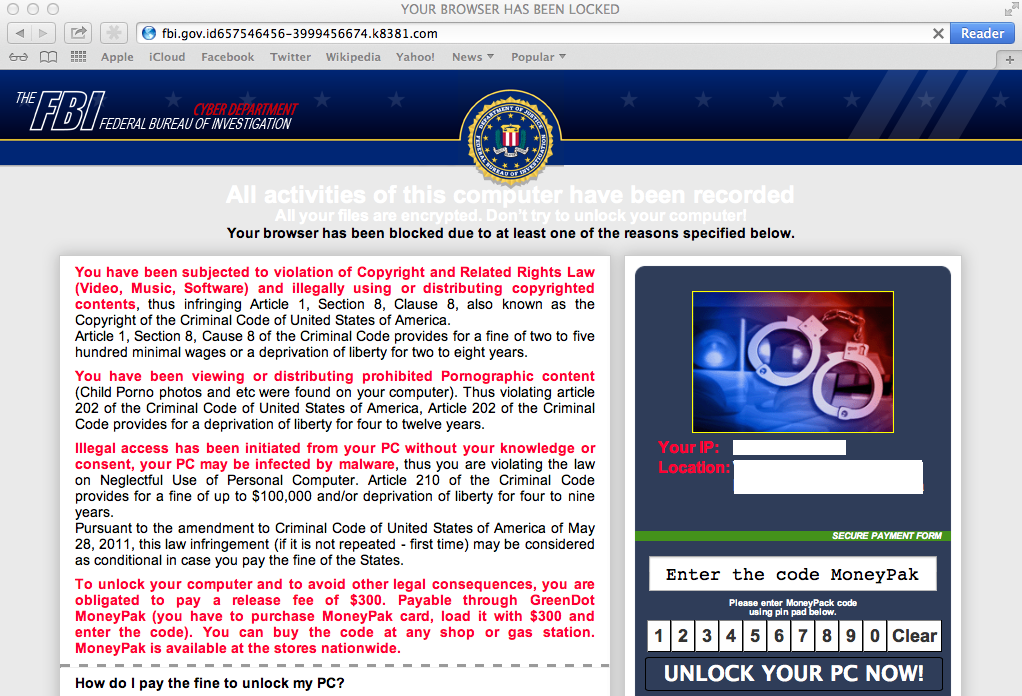People ask me at times about how often attacks occur or specific numbers around how many XYZ attack is blocked per week/month/year. This data doesn’t really provide any direct value however, it gives people an idea trends in the attack market such as the old saying that “Phishing” and “Email” are the top attack vectors yesterday, today and tomorrow.
securityaffairs.co posted some numbers around what Microsoft blocked in 2021. For those interested in understanding the volume of threats blocked by a large security solution provider, this article is for you. The original article can be found HERE. For those looking to follow Microsoft’s security research and findings, check out signals HERE.
Microsoft revealed that Office 365 and Azure Active Directory (Azure AD) customers were the targets of billions of phishing emails and brute force attacks last year.
The IT giant added has blocked more than 25.6 billion Azure AD brute force authentication attacks and detected 35.7 billion phishing emails with Microsoft Defender for Office 365 in 2021.
Enabling multi-factor authentication (MFA) and passwordless authentication would allow customers to protect their accounts from brute force attacks. However, only 22 percent of customers using Microsoft Azure Active Directory (Azure AD), Microsoft’s Cloud Identity Solution, have implemented a strong identity authentication protection as of December 2021.
“MFA and passwordless solutions can go a long way in preventing a variety of threats and we’re committed to educating customers on solutions such as these to better protect themselves. From January 2021 through December 2021, we’ve blocked more than 25.6 billion Azure AD brute force authentication attacks and intercepted 35.7 billion phishing emails with Microsoft Defender for Office 365.” states Microsoft.
Microsoft added that its Defender for Endpoint blocked more than 9.6 billion malware threats
targeting enterprise and consumer customer devices, between January and December 2021.
Microsoft pointed out that online threats are increasing in volume, velocity, and level of sophistication. The company introduced Cyber Signals, a cyber threat intelligence brief informed by the latest Microsoft threat data and research.
Cyber Signals provide trend analysis and practical guidance to strengthen the defense of its customers.
“With Cyber Signals, we’ll share trends, tactics, and strategies threat actors use to gain access to the hardware and software that houses one’s most sensitive data. We will also help inform the world on how, collectively, we can protect our most precious digital resources and our digital lives so we can build a safer world together.” concludes Microsoft.


